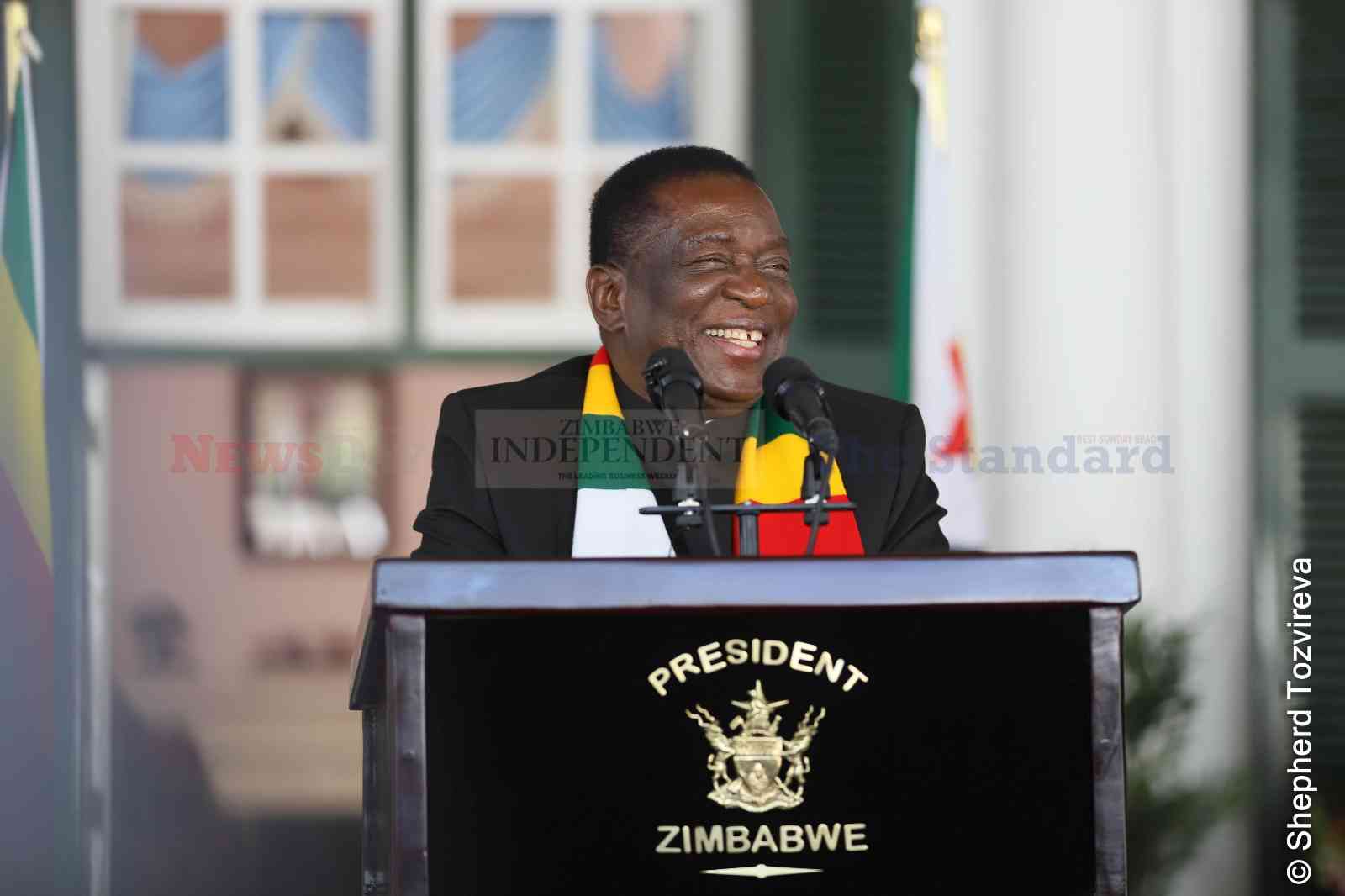
guest column:Livingstone Kazizi
The contemporary increased Chinese involvement in Africa’s socio-economic affairs is an “academic dynamite” that cannot be handled without explosion.
Academic debates have mushroomed among researchers from across various disciplines; development economists, environmentalists, sociologists, international relations scholars and politicians, in an attempt to assess the merits and demerits of Africa’s trade relations with China.
China has become progressively present in contemporary international development discourse and justifiably so. This presence is largely due to the fact that it is one of the fastest developing countries in the world today, and that Chinese presence in Africa grew substantially over the last few years.
This existence is by way of investments and provision of financial and other aid that is technical assistance, loans and grants.
This has raised questions about her intentions and impact on African economic and political being and whether she has any role in Africa’s development agenda.
The issue has been “met with mixed reactions, misunderstanding and misinterpretation with some contending that the interaction has arguably produced lacklustre social and economic development in Africa”.
- Chamisa under fire over US$120K donation
- Mavhunga puts DeMbare into Chibuku quarterfinals
- Pension funds bet on Cabora Bassa oilfields
- Councils defy govt fire tender directive
Keep Reading
The nature and effects of interaction between Africa and China
China postures as one of the world’s biggest economies with a significant role in international development affairs. According to the Economist: “China officially passed Japan to become the world’s second biggest economy. China’s GDP amounted to US$5,9 trillion against Japan’s US$5,5 trillion”.
In addition, China has been more than willing to play the role of key development aid partner and investor in Africa.
The aid mentality has captured the present African generation. Moyo (2009) enunciated that: “We live in a culture of aid. We live in a culture in which those who are better off subscribe — both mentally and financially, to the notion that giving alms to the poor is the right thing to do.”
Indeed true, humanitarian and development aid from both the Western and Eastern World has in the past decade been viewed as morally apt in the donor and recipient communities.
We are made to believe that this is what we ought to be doing. We are accosted on the streets and goaded with pleas on aeroplane journeys, letters flow through our mail boxes and countless television appeals remind us that we have a moral imperative to give more to those who have less.
Rwanda President Paul Kagame remarked that: “Unfortunately, it seems that many still believe they can solve the problems of the poor with sentimentality and promises of massive infusions of aid, which often do not materialise.
We who live in, and lead, the world’s poorest nations are convinced that the leaders of the rich world and multilateral institutions have a heart for the poor. But they also need to have a mind for the poor.”
Trade between China and Sub-Saharan Africa (SSA) has increased rapidly, especially since 2001. Preliminary examination of the issues in Africa suggests three main channels through which China is affecting SSA which are trade flows, foreign direct investment (FDI) flows, technology transfer and interventions in global value chains and aid flows.
These are not the only channels through which a given country or region may have an impact on another country or region. There may be impacts transmitted through the environment, through financial flows, or through participation in institutions of regional and global governance.
The relationship is complementary because both countries gain from it. On the other hand, China’s export of consumer goods to SSA may displace local producers, leading to competitive impacts on workers and entrepreneurs in these sectors.
Hence the debate on the impact of China’s involvement in Africa.
Trade between China and SSA was in 2007, a small proportion of each region’s total trade, but its rapid growth suggests that the trade channel is a significant source of impact. Trade values quintupled from close to US$10 billion in 2002 to more than US$40 billion in 2005 and more than US$50 billion by 2006.
This has been attributed to China’s extraordinary rapid growth of more than 9% per annum since 1979. One of the main features of this growth has been its deepening trade orientation, with the trade-GDP ratio in excess of 70%, well above the “norm” for large countries. China’s trade with Africa grew significantly since 2009 to present and China has emerged as the most dominant Africa trade partner.
In 1990, Sub-Saharan Africa’s exports to China were less than 1% of its exports to industrialised countries, but by 2006 this percentage had risen to 11%.
Similarly SSA’s imports from China, which were 1,1% of its imports from industrialised countries in 1990, had risen to over 8% by 2006.
SSA’s exports to China are mainly fuelled by China’s growing demand for raw materials — Oil, iron ore, coal, chrome, cotton, platinum, diamonds and logs — grew from less than 50% to more than 80% between 1995 and 2005.
The overwhelming bulky and most rapidly-growing export was oil so that while the growth of other commodity exports was at a high level, the proportion of the total which they accounted for fell during the decade after 1995.
In the case of oil, for example, exports to China account for between 86% and 100% of all oil exports for Angola, Sudan, Nigeria, and Congo. A similar picture is true for the DRC, which sends 99,6% of its basic metal exports to China.
On the import side, only seven SSA countries source a significant share of their total imports from China. Sudan, which has growing and policy-related energy links with China stands out, with 14,2% of its imports coming from China, followed by Ghana and Tanzania (9,1%), Nigeria (7,1%), Ethiopia and Kenya (6,4%) and Uganda (5,1%). Almost all of these imports are manufactured products.
In Zimbabwe, for instance, despite the country’s uncertainties, China invested in at least 128 projects between 2000 to 2012.
Zimbabwe is among the top three Chinese investment destinations in Africa, attracting a total FDI of more than US$600 million in 2013.
Moreover, China was Zimbabwe’s largest trading partner in 2015, buying 27,8% of the country’s exports. Chinese companies have also been actively engaged in contractor services in telecommunication, construction, irrigation, and power.
To date, the key elements that form a positive image of China in Zimbabwe are Chinese investments in infrastructure and active business activity (41% of the population believe so), the low cost of the Chinese products sold in the country (31%), the support provided by CCP to Harare in the international arena (5%) and non-interference in domestic affairs (4%).











